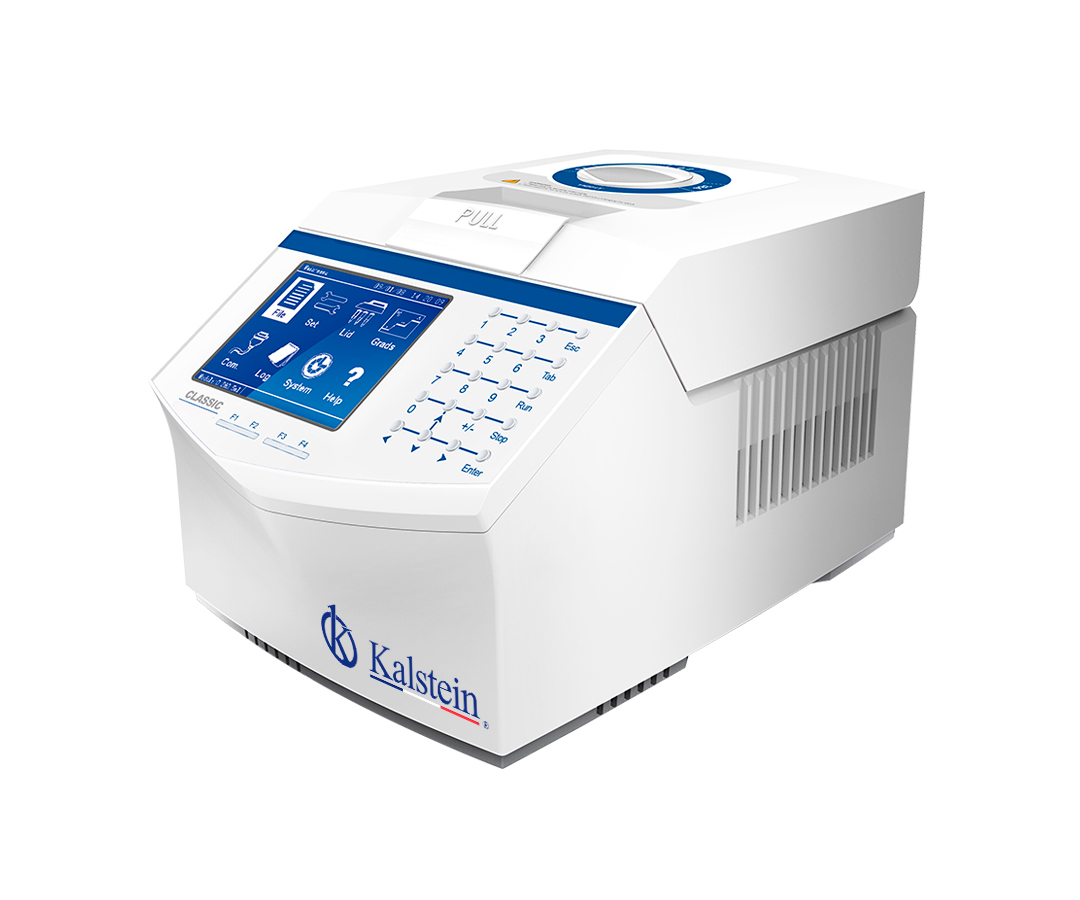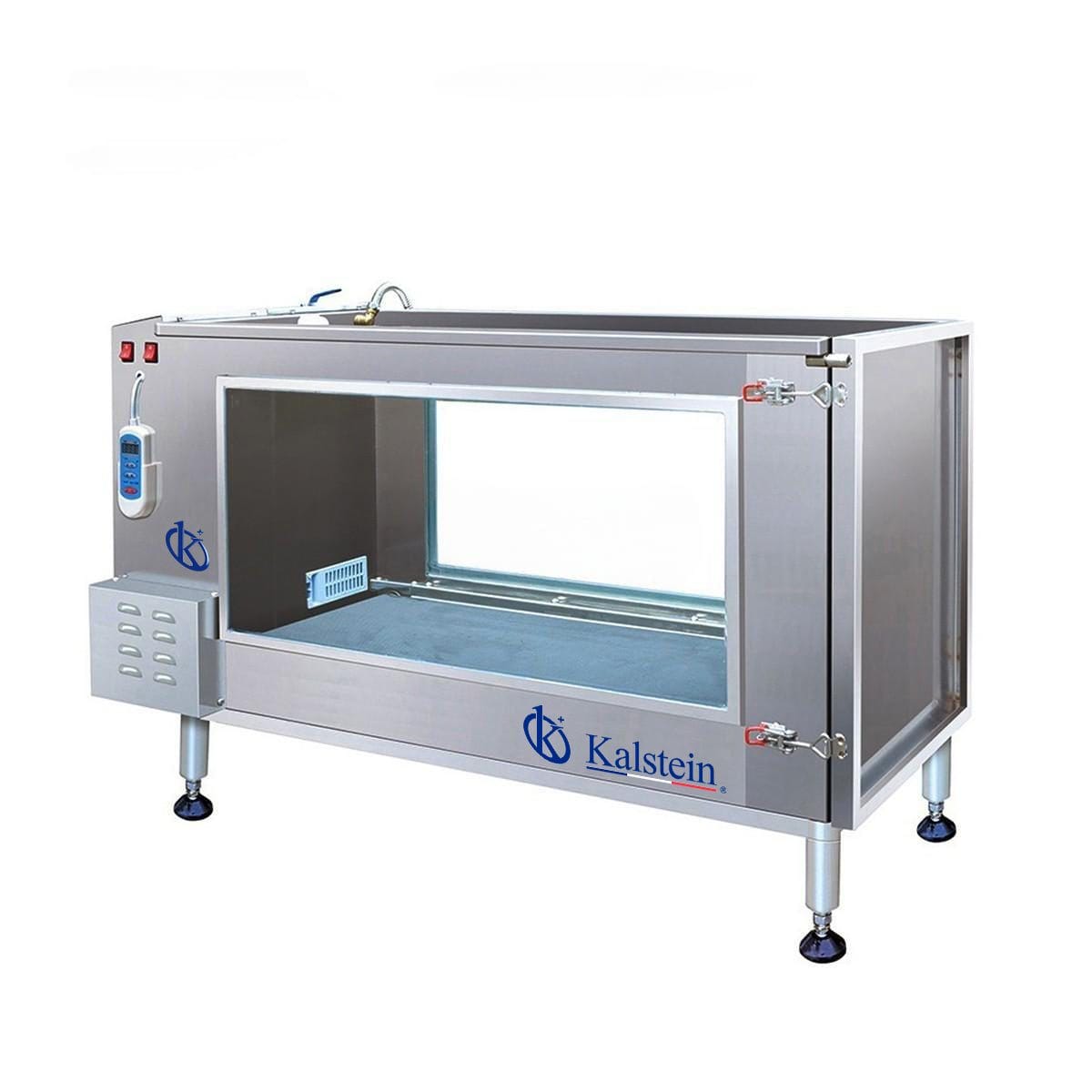A thermal cycler or also called thermal sequencer is a laboratory equipment that allows to carry out the amplification of DNA molecules by means of the PCR (Polymerase Chain Reaction) technique, through cyclical changes in temperatures that generate at their once strand amplification of this nucleic acid. This equipment is used for qualitative amplifications or even to quantify the amount of amplified DNA.
The PCR technique occurs under a process that is automatic and can be completed in just a few hours. This process is entirely driven by the thermal cycler, which is programmed to change the reaction temperature every few minutes making denaturation and DNA synthesis possible.
This technique can be divided into two broad categories:
- PCR for the amplification of a single known site of the genome (locus): In this type of PCR it is necessary to know the sequence that is being worked on, and through it it is possible to make phylogenies.
- PCR in which it is not necessary to know the region that is being amplified (unknown regions are amplified, such as hypervariable areas of the genome), so the size of the fragments to be expected is not known. It is used to determine genetic polymorphism.
How is a thermal cycler made?
A thermal cycler generally consists of a block of electrical resistance that distributes a homogeneous temperature (between 4ºC and 96ºC) through a plate during a programmable time. In some equipment, the electrical resistance has been replaced by Peltier technology (semiconductors), which allows greater homogeneity in temperature.
You must bear in mind that the thermal cycler used in the end-point PCR is not the same one used for a real-time PCR, because the latter must detect fluorescence and in different absorption channels.
Operation of a thermal cycler
The second step consists of aligning the primers on the template strand to be amplified. This step lasts approximately 20 seconds and here the thermal cycler adjusts the temperature between 40 ° C and 60 ° C, at this temperature the hydrogen bonds between the oligonucleotides and the DNA are constantly formed and broken, as well as the closest junctions. Stable will last longer, the primers being aligned thus forming a small double-stranded region. This happens because it depends most of all on the primers used in this operation.
The third step is the elongation of the double strand of 20 pairs which has been created in the previous step, through the union of the polymerase which begins to copy in the 5 ‘to 3’ direction, adding a few more bases, and forming hydrogen bridges between the bases. Reaching in this step a temperature of 72 ° C, which is the optimum temperature or the highest activity of the polymerase, which continues the synthesis of the DNA fragments from the aligned primers.
After this step it is very likely that it will return to the first of 98ºC for about 10 seconds and then repeat the cycle between 30 and 45 more times. After these 3 steps, one more step of heat is added, at least 72 degrees for at least 7 minutes. This is necessary to be able to re-nest the DNA strands of the primers and the polymerase. Subsequently, a temperature decrease of 15 and 4ºC occurs in order to keep the sample in perfect condition until the moment it is needed.
At Kalstein we are MANUFACTURERS and we offer you an excellent range of thermal cyclers at the best PRICES. That is why we invite you to take a look at our available thermal cyclers: HERE




